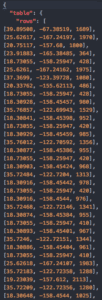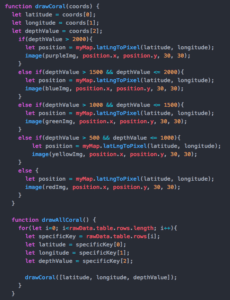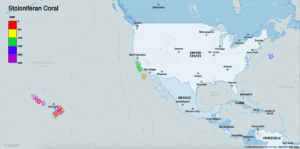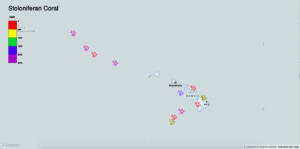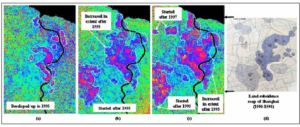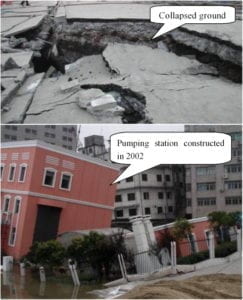Shanghai: The Sinking City
Partners: Theresa Lin & Vicky Chen
Link: https://drive.google.com/file/d/1mPz7Hrng-BfNPqdMZegS3uQhRlQHJKIZ/view?usp=sharing
Overall I am pretty happy with how our project turned out. Although it was a little difficult at first I enjoyed the process of matrix storyboarding and learned a lot about how to structure our thoughts to create a coherent story. I agree with a lot of the feedback we got on the film, especially about interviewing locals or government officials and including their clips to break up the monotone of the narration, however since that would have required a lot of time and remaking pretty much the whole video I focused on changing the things that could be done in editing.
Based on class comments I changed the video to:
– make the background music a little softer
– have the line held constant while the outline of the buildings sink below it
– take out the side comment at the government so it can be appropriate for Chinese audience
– take out the Boom to make the tone more similar
– only show the paper with water pouring, don’t let people see the sink
In the future I think it would be interesting to combine subsidence with knowledge about rising sea levels due to climate change to further emphasize the criticality of the issue. One thing that might be cool would be to make a timelapse map, like the ones that show rising sea levels covering Shanghai over time, that also includes subsidence. I found some heat maps of subsidence online which we included in the geocinema video but I think a moving map would be more interactive and make the film more interesting rather than just having a static picture.
